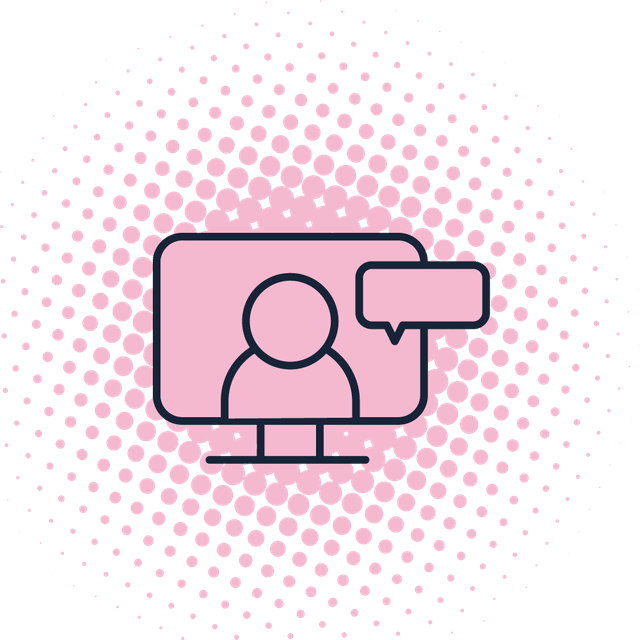In a world where booking a vacation home and ordering takeout takes just a few clicks, connecting to a health care provider can be a serious struggle. Communication and technological advances have increased convenience in so many personal and professional aspects of our lives, but the medical field is lagging behind. Doctors are struggling to communicate with patients, and the patient’s experience suffers.
On average, patients are waiting over three weeks for an appointment with a new health care provider.
Patients are waiting over three weeks on average for an appointment with a new health care provider, according to a recent survey by Merritt Hawkins. Post-appointment, the struggle continues — nearly half of all patients aren’t completing referral care or receiving any follow-up after an appointment. When patients do receive follow-up instructions from their provider, 83 percent don’t follow their doctor’s instructions, resulting in poor engagement.
Though there are clear indications that the patient engagement is poor, health providers want this to change. In a recent survey at the National Association of Community Health Center’s Community Health Institute, providers ranked patient experience and engagement as their top initiative over the next six to 12 months. Providers are prioritizing patient experience and engagement, but patients’ expectations are not being met.

If you’re looking to improve your telehealth offering, this on-demand webinar shares some best practices.
The way providers tend to communicate with their patients can help explain part of this disconnect. The same survey found that over 80 percent of providers primarily communicate with their patients via phone calls but struggled 70 percent of the time to get ahold of the patient.
Mobile health (mHealth), or using texting to communicate with patients, boasts a nearly 98% response rate and can drastically improve patient engagement. (This previous Luma blog discusses how mobile phones are underutilized in healthcare). mHealth can also be used to notify patients of open spots becoming available due to cancellations. Making up for cancellations not only saves valuable physician time, it gives patients an opportunity to see their doctor sooner, reducing wait times and improving the patient experience overall.
Enhancing the provider-patient relationship can take time and other critical resources. But simply by listening to patients’ expectations and adapting to fit their needs, through technological or communication advancements like Luma Health offers, health care organizations can improve the patient experience, increase engagement, and save valuable provider time to focus on the services that matter most.






